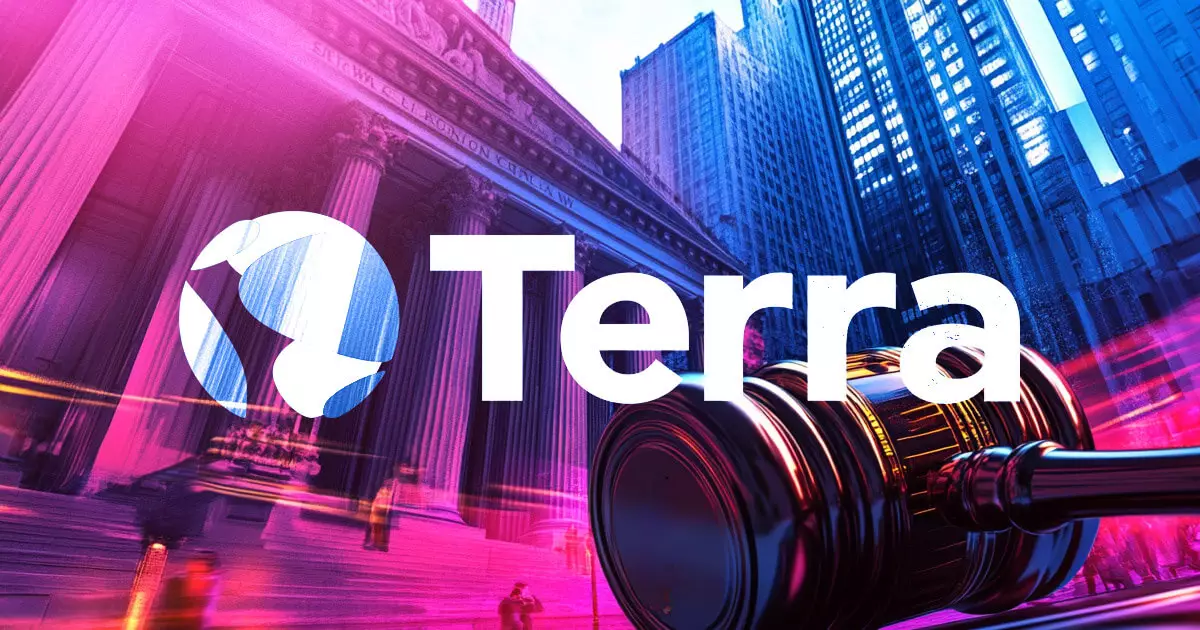The Terra ecosystem was once hailed as a groundbreaking advancement in the realm of cryptocurrency, largely due to its stablecoin, Terra USD (UST). However, the spectacular failure of this digital asset not only resulted in catastrophic financial losses but has prompted significant regulatory scrutiny. Among the most notable developments in the wake of UST’s collapse in May 2021 is the recent charge by the Securities and Exchange Commission (SEC) against Tai Mo Shan Limited, a subsidiary of Jump Crypto. This case underscores the pressing need for clearer regulations and better risk management strategies within the cryptocurrency sector.
The SEC has alleged that Tai Mo Shan engaged in misleading activities intended to amplify the illusion that UST’s stability was due solely to an algorithmic mechanism. When UST fell below its $1 peg, Terraform Labs engaged Tai Mo Shan to initiate purchases exceeding $20 million as a means to restore this peg. This maneuver suggested that the underlying technology was functioning as claimed, despite evidence to the contrary. The crux of the SEC’s argument lies in the assertion that UST’s stability was artificially maintained through external support, contradicting Terraform Labs’ public assurances regarding the coin’s inherent stability.
Tai Mo Shan’s involvement didn’t just stop at buying tokens; the incentives offered as part of this transaction raised significant ethical questions. The firm had the opportunity to acquire LUNA at reduced prices, which provides evidence of a complex arrangement that fueled skepticism about Terraform’s public narrative. This situation exemplifies a broader concern within the cryptocurrency industry about the reliability of tokenomics and the potential for market manipulation.
Tai Mo Shan’s penalties, totaling approximately $123 million, indicate a serious response from regulators. Among these fines is a significant disgorgement amounting to $73 million, representing a reclamation of profits made through questionable activities. The civil penalties and prejudgment interest awarded further demonstrate that the SEC is committed to holding entities accountable for actions that compromise market integrity.
Consequently, Tai Mo Shan’s decision to neither admit nor deny the findings signifies a strategic position, allowing them to avoid unfettered accountability while still complying with the regulatory mandates. The conditions laid out in the SEC order imply a broader inquiry into the practices employed not only by Tai Mo Shan but also by any further entities associated with Terraform and its token offerings.
The consequences of UST’s implosion extend well beyond the immediate financial losses incurred by investors; they have fundamentally altered the landscape of the cryptocurrency market. The original chain, Terra Classic (LUNC), has deteriorated into insignificance, while a new iteration of the Terra ecosystem, simply named Terra (LUNA), struggles to establish its credibility in an increasingly skeptical market.
The SEC’s actions against Tai Mo Shan and the turbulent history of Terraform Labs illustrate a pivotal moment for regulators and industry stakeholders alike. It has forced an examination of existing token offerings, and several assets related to Terra have been classified as securities. This classification increases regulatory scrutiny over the issuance relationships and the responsibilities of those issuing digital assets.
The Future Implications for the Cryptocurrency Market
With the ongoing legal challenges faced by Terraform Labs, including a bankruptcy filing and potential legal ramifications for its co-founder Do Kwon, the atmosphere surrounding the Terra project epitomizes the perils of innovation unaccompanied by due diligence. The broader ramifications extend to the entire market as regulatory bodies signal a more in-depth examination of the cryptocurrency sector’s practices and their alignment—or lack thereof—with traditional financial regulations.
As the SEC and other regulatory organizations further investigate tokens associated with Terraform, the outcome could lead to more stringent measures governing how cryptocurrencies are marketed and traded. Unfortunately for the market, this could mean heightened volatility as trading patterns are reassessed and market players adopt new compliance measures.
The collapse of UST and the ongoing fallout offer a stark lesson in the importance of transparency, accountability, and responsible trading practices. As cryptocurrency seeks to cement its place in the financial ecosystem, learning from past errors could not only safeguard investors’ interests but also restore faith in an often-misunderstood industry. To regain trust, stakeholders must prioritize integrity and clarity, paving the way for sustainable innovation in digital finance.

